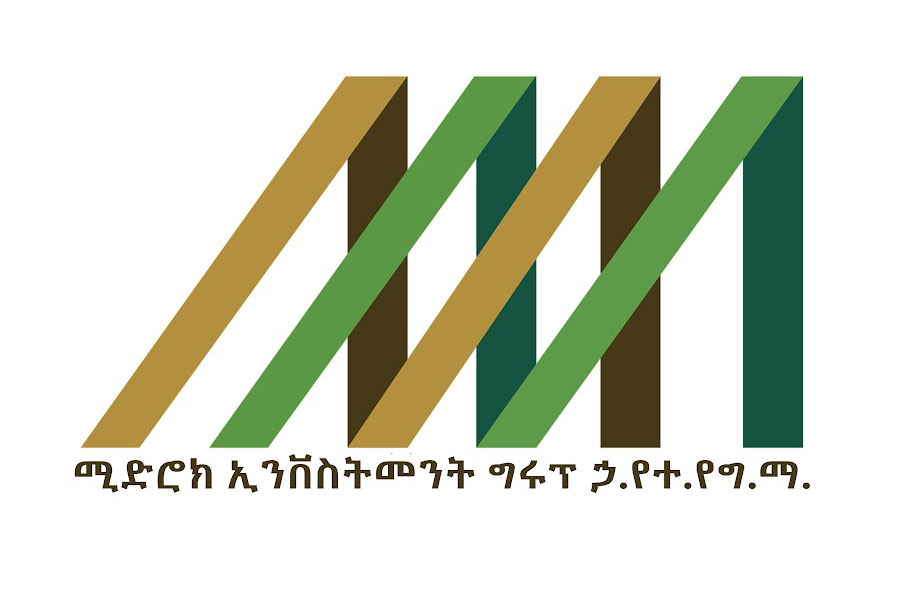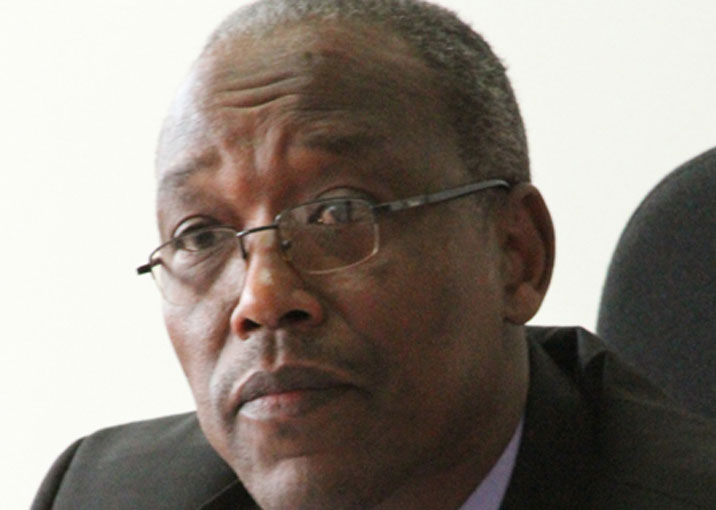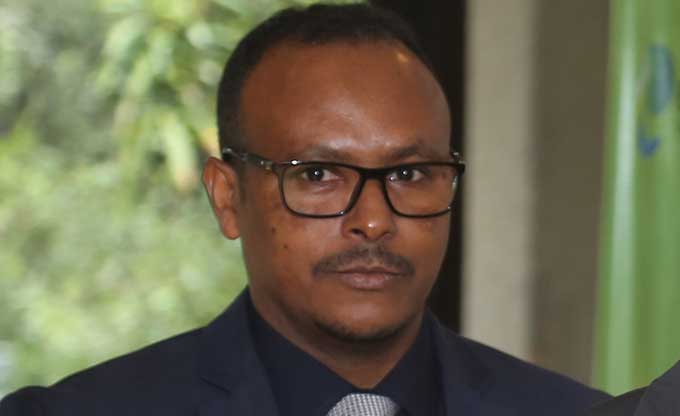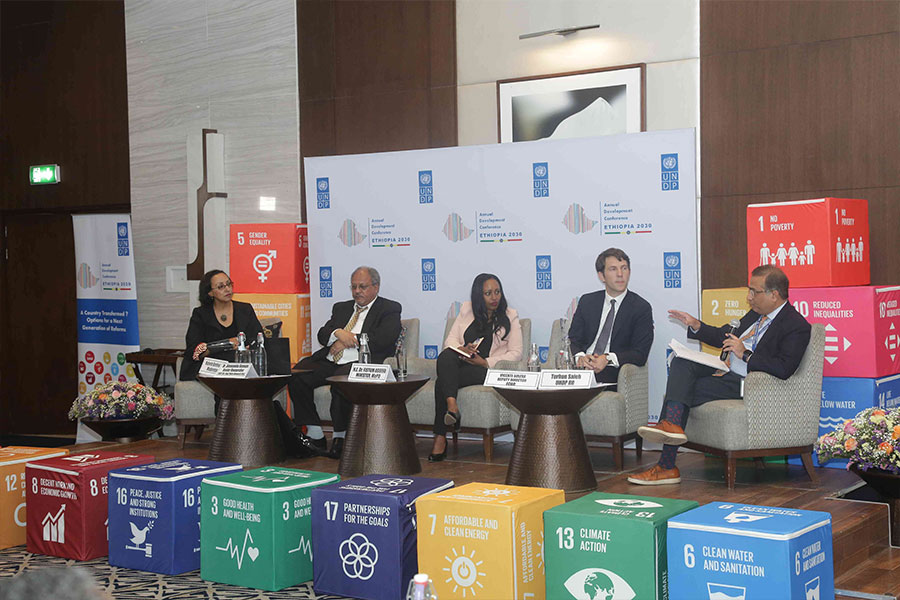
Radar | Aug 23,2025
Fortune: - The remittance inflow to Ethiopia is around three, four billion dollars? This is against a population of a 100 million, and an annual GDP of 100 billion dollars. How do you see this in comparison with other countries at a similar level of economic development?
Amil: Remittances are a critical flow of foreign currency to Ethiopia. As for estimates, they are about three billion to five billion dollars, according to the National Bank of Ethiopia (NBE). It is about five percent of GDP. As per reports of multilateral agencies, almost 60-70pc of flows could be through informal channels. The government is very much aware of this, and certain reasons are acknowledged as causes. One of these is the exchange rate difference between the formal and the informal market. But there are other reasons for this as well. In the last couple years, there has been a focus on reform, which is gradually supporting the flow of remittances through the formal channels.
It is difficult to say how all of this compares to other developing economies. Each country has its own development journey, trade, growth prospects; a lot of indicators that a play an important role ensuring that foreign currency is flowing through the formal channels.
Ethiopia is gradually moving towards the best practices of other economies in remittance strategy. Tanzania, Kenya, Bangladesh and Philippines are the countries we have looked at compared to the Ethiopian policy and regulatory environment. In the past two or three years, major critical steps have been taken to ensure that the regulatory environment is at par with the other developing economies.
Q:Those countries you mentioned – Tanzania, Kenya – are they doing a better job in attracting remittances through formal channels?
There are local realities that do exist in each case. What is the banking, financial market, money infrastructure? What is the digital infrastructure? How liberalised is the economy? What sectors have a strong private sector?
It may not be fair to say that other countries are doing better. But from where Ethiopia is as compared to the others, each has their own journey towards development. Every country wants foreign currency flows through formal channels. Towards that goal, each government and central bank has to look at different aspects of the economy – like inflation and trade flows. They would want to take steps to ensure that certain policies support the flow of remittances through formal channels under these contexts.
To this extent there are encouraging signs in Ethiopia. We have seen opening up, especially in the telecom sector, and on foreign currency accounts. There are also recent statements to allow foreign banks into the country. We have also seen that the non-banking financial institutions have a more active role in ensuring remittances in formal channels, especially in the last mile. All of these deserve to be acknowledged.
Q: Are you saying that more opening up, especially liberalising the financial sector, has the potential to attract more remittances through formal channels?
There are different factors that ensure that an economy has the right set of skills, resources and investments to bring about financial product innovation. These could be financial market digital and last mile infrastructure. When there is a sector that has demonstrable openness because the government is moving in that direction, it does allow for a certain sort of investment that leads to innovation and better products and services.
Q: Can you elaborate more on that? How does developing the financial sector and building up the ecosystem transform remittance inflows? What does it offer that the current system does not?
Well, remittances are the touch point for migrants and their families to be part of the formal financial ecosystem. If me or my mom are not part of the formal banking infrastructure, and if I am in the US and I am sending money back home, I will have to use an identification system or document to transfer through a formal channel. If I want to ensure that my money reaches my mom, I have to use the formal channel. Otherwise, it is just based on trust. There will be no assurance given by a third-party that is obliged to a regulator to ensure that a transaction goes through and reaches the intended recipient in the receiving country. If my mother wants to receive the money, she also has to show an identification document. These are the touch points.
If there is enough investment in the financial market and digital infrastructure, what that transaction does is provide the information that this person is receiving this much money on a periodic basis. This almost acts as an income in the receiving end, giving an opportunity to the digital finance ecosystem to actually see my risk profile. Based on this, they can give me banking products that would otherwise not be available.
These are the incentives that a digital ecosystem and proactive financial system that looks after the needs of migrants and their family members can ensure. When family members are receiving, the private sector knows that if they were to focus on remittances there is a five billion dollar market available to them. We need to focus on where are the incentives of the government, the private sector and people converging and aligning so that the process is seamless all the way from the sender to the receiver.
If the telecom sector was to penetrate well in Ethiopia the way it has been in other countries in the region, it would create a credit-risk profile that, over time, gives information to the broader ecosystem that this receiver is bankable. If we were to focus on people, we would see that incentives will start aligning gradually. Right now, we only consider remittances as a transaction, as a forex instrument. This is important but we have to create demand from the receivers, and make it worthwhile for them to receive it from the formal channels so that they are not only worried about a better exchange rate.
We have to make them say, “maybe the 10 Br extra is not worth my time because if I were to receive through formal channels I will get access to a lot of products and services.”
Q: They are also getting it much faster, right?
Yes. And not to mention, assured. It is not that informal channels are necessarily untrustworthy; they have been working for a 100 years and may still be there a century later. But what we need to ensure is where we are creating the demand, which will only exist where the right incentives are located. And if we do not focus on creating those incentives, we will not be making the most of remittances.
Q: What about the cost of transferring through the formal channels, which could be as expensive as 10pc of the amount being sent? Why has there not been a breakthrough when such a barrier exists?
Remittance transaction cost is one of the sustainable development goals (SDGs). The target is for the average transaction cost in 2030 to be less than three percent. It will be helpful for us to focus more on why there are distortions in the market, or why there are high transactions costs, instead of particular providers. If there is enough competition in the market, if the volumes are high enough, if the regulatory ecosystem is conducive and the compliance costs are nominal, then we will see the transaction cost coming down by itself.
We need to ensure that there is a strong financial system infrastructure that allows for the digitisation of remittances, for the money to originate in a bank account and terminate in a bank account, so that the cost of operating cash goes down. When this happens, compliance expenses also come down as well the cost of maintaining agents and cash management also comes down.
If we were to ensure enough market competition and volume by allowing through a risk-based mechanism more non-financial and fin-tech players, the transaction costs will be written down. The private sector will make money whenever there is an opportunity for it to make money. We should strengthen the competition within the market with a range of products and services that are forcing the prices down in a manner that is not unsustainable for the private sector to maintain their profits.
Q: Where does this competition come from? Presently, there are the legacy money transfer companies, such as Western Union and MoneyGram. On the other hand, you have disrupters such as M-Pesa and Telebirr. Is this the type of competition you have in mind.
Absolutely. We also need to acknowledge that Western Union and MoneyGram are working with banks here, which are their agents. Banks all have a fee on those transactions. There is a lot more disruption and innovation that could come from the banks, because they have traditionally played a very significant role and will continue to in the future.
In partnership with banks, often times under the leadership of banks, we need to allow for that innovation to take place. We actually see the likes of Lion Bank are taking steps towards disrupting the market. The time to market for certain products is significantly down, the customer service and agent network is better, and they are coming up with products and services based on better data, analysis and customer profile.
Q: Somewhat off-topic from remittances but potentialy consequential in attracting foreign currency from the Diaspora community is bonds, specifically diaspora bonds. Some countries have done very well on this, such as Israel. What are your thoughts on it?
Let us step back and focus on why we are talking about diaspora bonds in the first place. As developing economies, we are always under pressure of debt repayments. We are also trying to increase exports, grow foreign currency reserves and invest in growth. Oftentimes, if we are not able to invest adequately, it has long-term implications on economic development.
In 2015, when the SDGs were adapted by the UN, everyone agreed that they will require financing. As developing economies, when we are unable to do that, then we start looking at measures that would help us raise financing at rates that are not steep and also does not create capital flight risk. As part of that equation, in countries that traditional receive high flow of remittances as a percentage of GDP, the idea of a diaspora bond has been floated. This is to finance economic development goals. But is that the right way?
For any sophisticated financial instrument to be successful, it has to go through certain steps that are not just about structuring the product but a process of marketing, issuance and adaption. Then, enough awareness has to be created to reach not just an elite diaspora but the mass migrant population usually sending remittances back home on a frequent basis.
For a developing economy where the financial market infrastructure and capital markets are not mature, the transaction cost of issuing such sophisticated products is too steep compared to the other mechanisms that could be available.
Diaspora bonds may or may not be a good product. But is it worth the cost compared to other products that are available? Ethiopia is still going through capital markets development. There are going to be a couple of years until it matures and for the right stakeholders to invest in and mobilise it in a manner so that products such as a diaspora bond will be comparatively more successful.
We ought to focus on what money is already flowing into the country, how can we ensure that it flows through the formal channel, because it is already reaching households, and how can we empower recipients to meet their own SDGs? How can we ensure more money in their hands and that they are not paying 10 dollars for every 100 dollars they receive? How can we ensure that when they have more money in their hands, that more financial products are being made available to them? How can they put that money back into the financial sector ecosystem and access financial products for their own businesses, education, livelihoods, consumption?
And how is this helping the economy? All of this is also mobilising resources within the market. If I am consuming more, there will be more demand, which generates more jobs.
There are different ways to approach the same problem, which is about financing development. We need to focus on empowering households as the country readies capital markets that can then allow for more sophisticated products to be successfully issued.
Q: What is that crucial thing you hope people understood about remittances?
Remittances oftentimes are looked at, or being addressed, through very circumscribed lenses, based on certain expertise that exist across multilaterals and the public and the private sectors. Either it would be seen as a macroeconomic, or regulatory, or financing, or even political issue. But what it requires is ensuring that at the heart of it are migrants and people.
When we are focusing on any policy or regulation on remittances, if we are coming up with a new business model or product we also have to ask, how is it going to help people and migrants? The more we ask this question, the more we realise that all of them are connected. Working on one should not leave the other one behind. It has to be a holistic approach. While working with the Finance Ministry, you have to work with the central bank, the telecom regulator, the banking regulator, the finance institutions, the mobile network operators and the fintech players. Unless you bring all of these stakeholders to the table, and help them acknowledge this issue from the lens of migrants and their families, it would be difficult for us to solve this issue.
PUBLISHED ON
Apr 22,2022 [ VOL
23 , NO
1147]

Fortune News | Oct 31,2020

Fortune News | Jan 12,2019

Fortune News | Sep 21,2019

Fortune News | Dec 17,2022

Viewpoints | Apr 28,2024

Dec 22 , 2024 . By TIZITA SHEWAFERAW
Charged with transforming colossal state-owned enterprises into modern and competitiv...

Aug 18 , 2024 . By AKSAH ITALO
Although predictable Yonas Zerihun's job in the ride-hailing service is not immune to...

Jul 28 , 2024 . By TIZITA SHEWAFERAW
Unhabitual, perhaps too many, Samuel Gebreyohannes, 38, used to occasionally enjoy a couple of beers at breakfast. However, he recently swit...

Jul 13 , 2024 . By AKSAH ITALO
Investors who rely on tractors, trucks, and field vehicles for commuting, transporting commodities, and f...

Sep 13 , 2025
At its launch in Nairobi two years ago, the Africa Climate Summit was billed as the f...

Sep 6 , 2025
The dawn of a new year is more than a simple turning of the calendar. It is a moment...

Aug 30 , 2025
For Germans, Otto von Bismarck is first remembered as the architect of a unified nati...

Aug 23 , 2025
Banks have a new obsession. After decades chasing deposits and, more recently, digita...